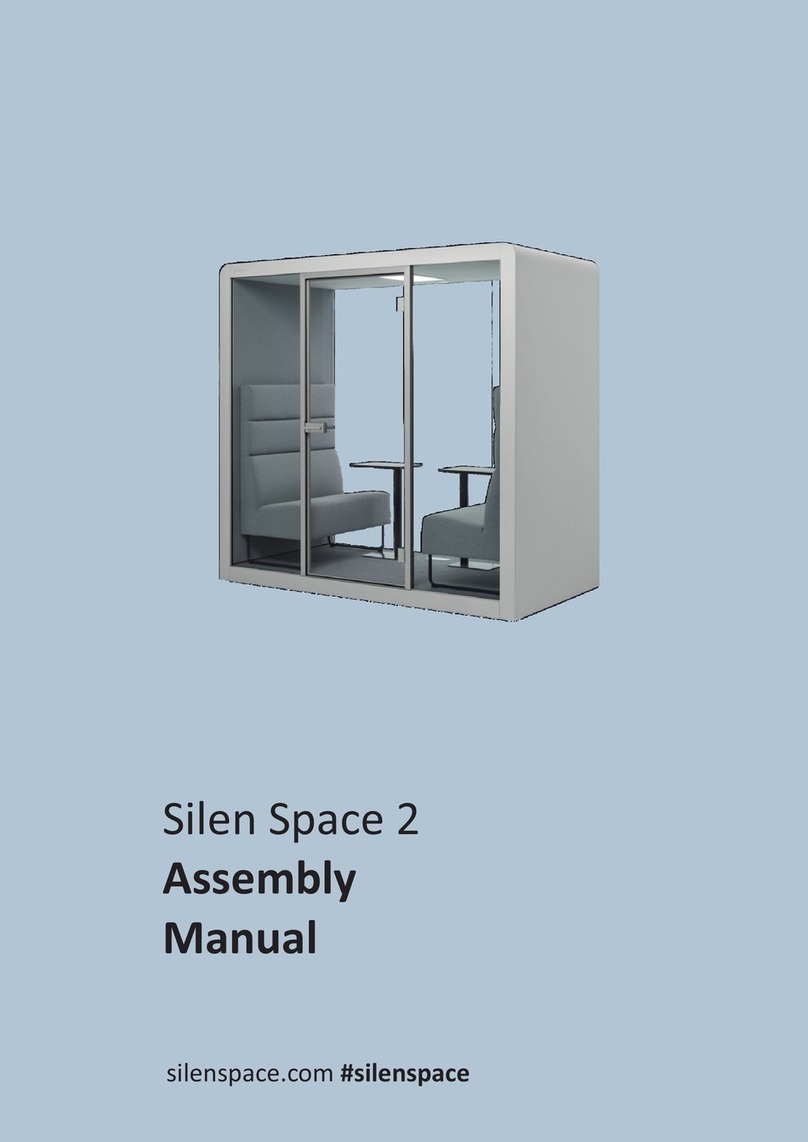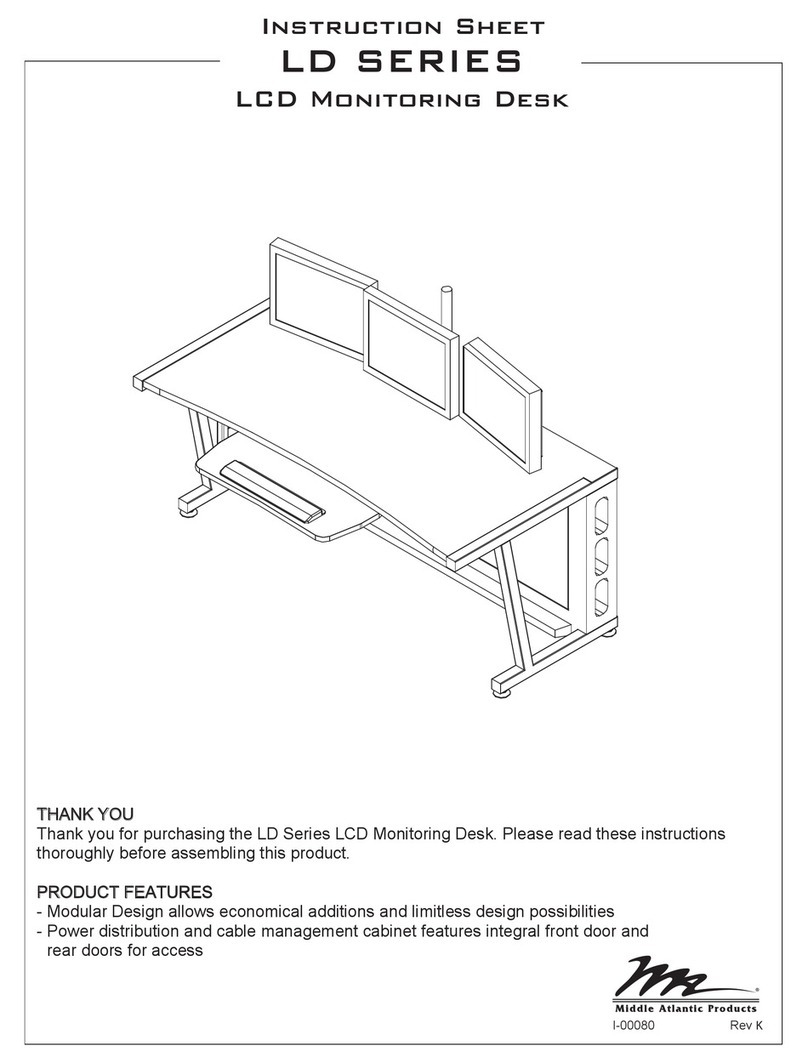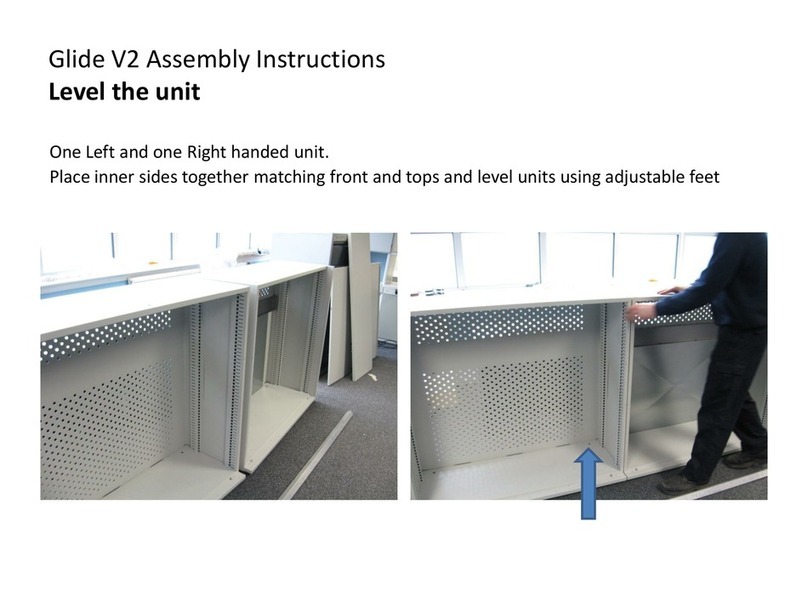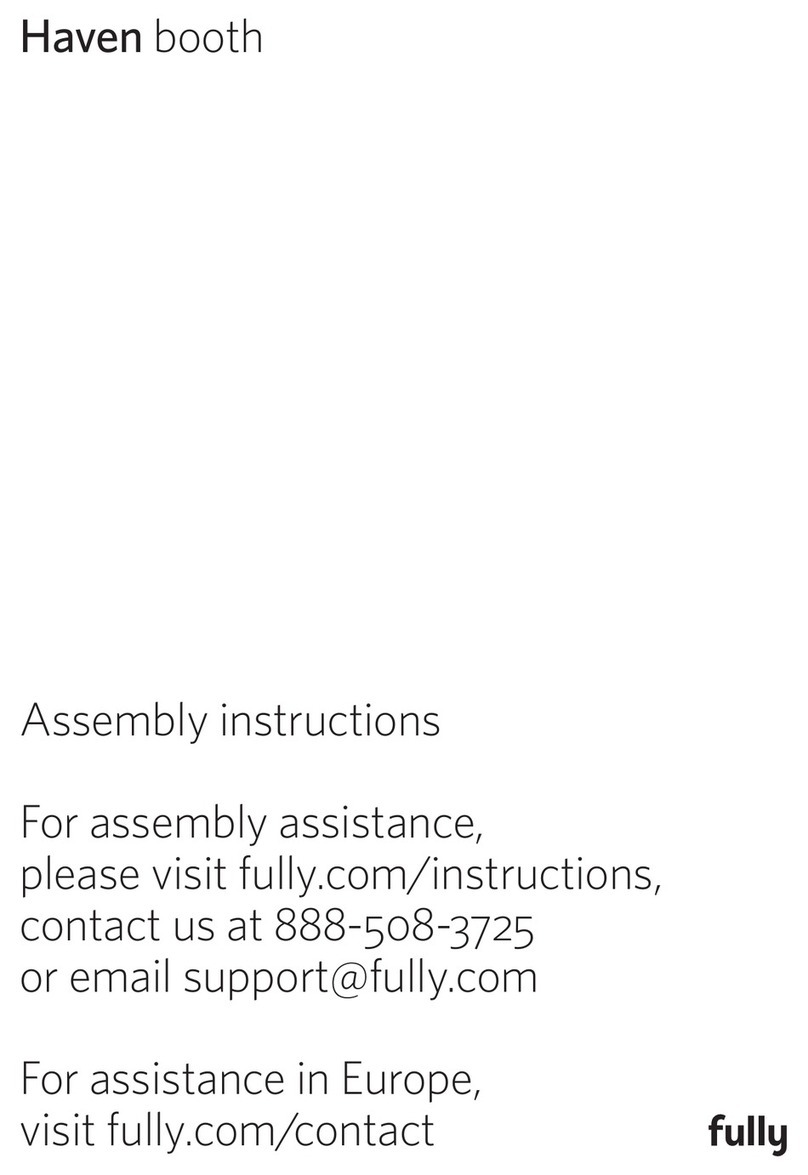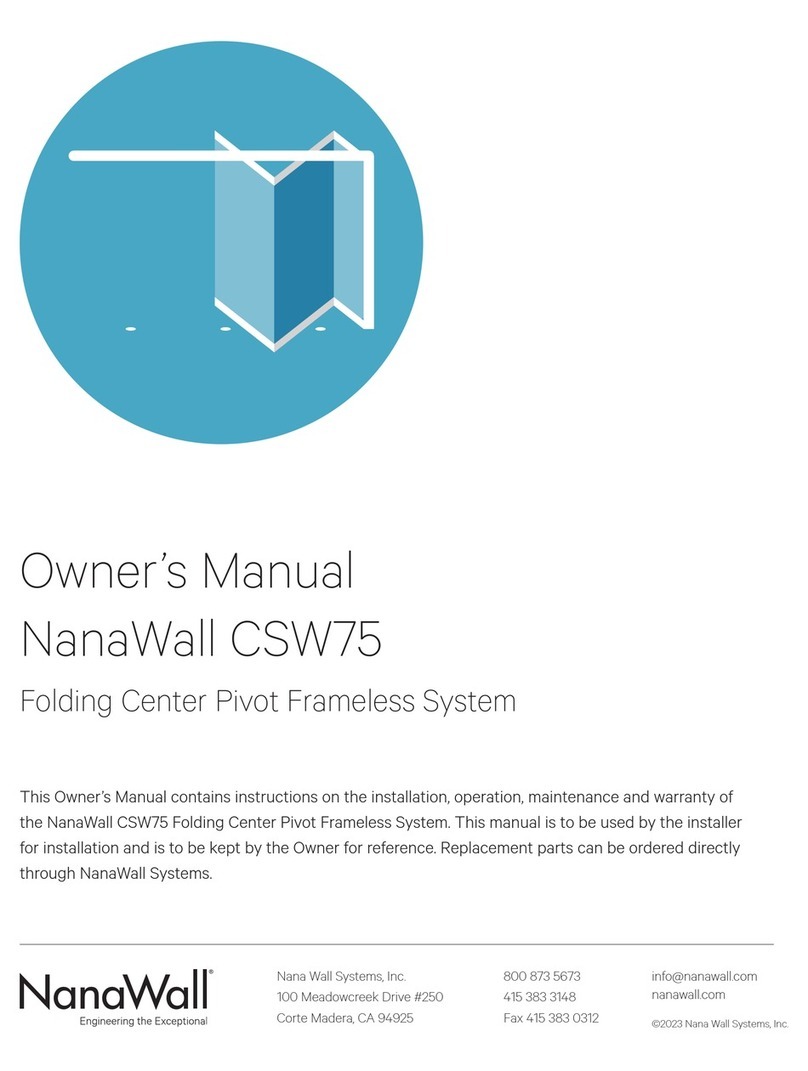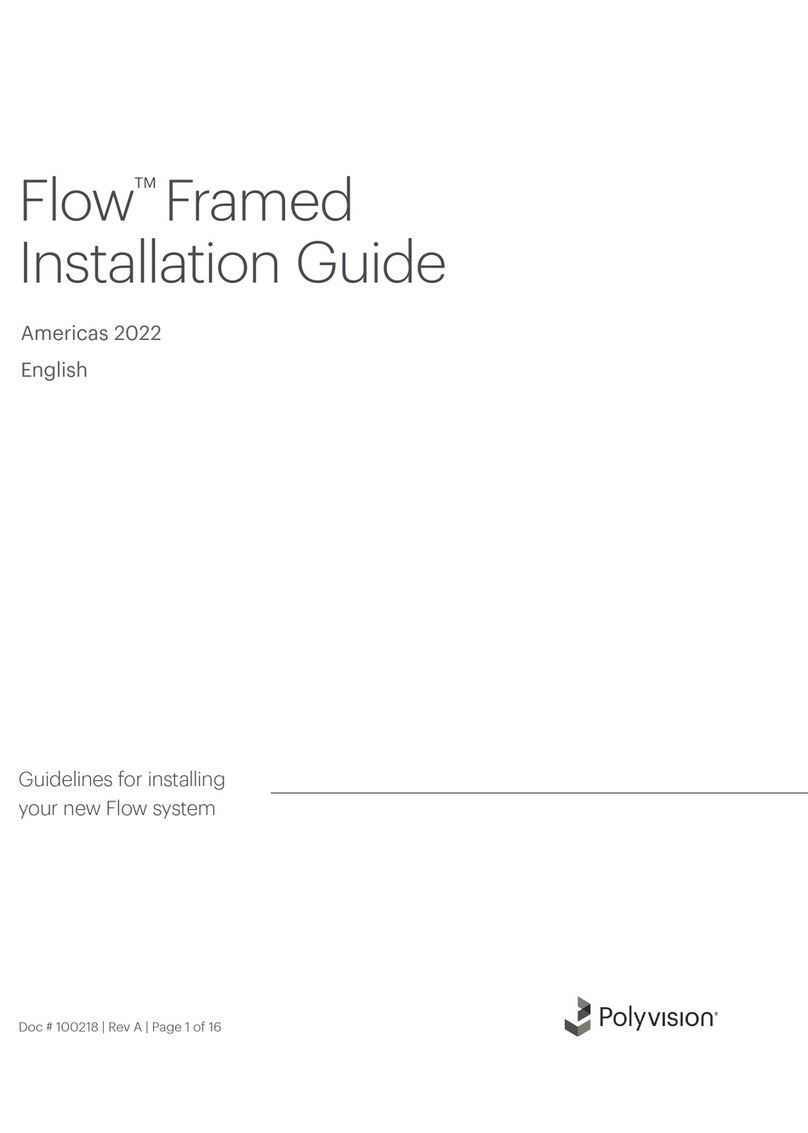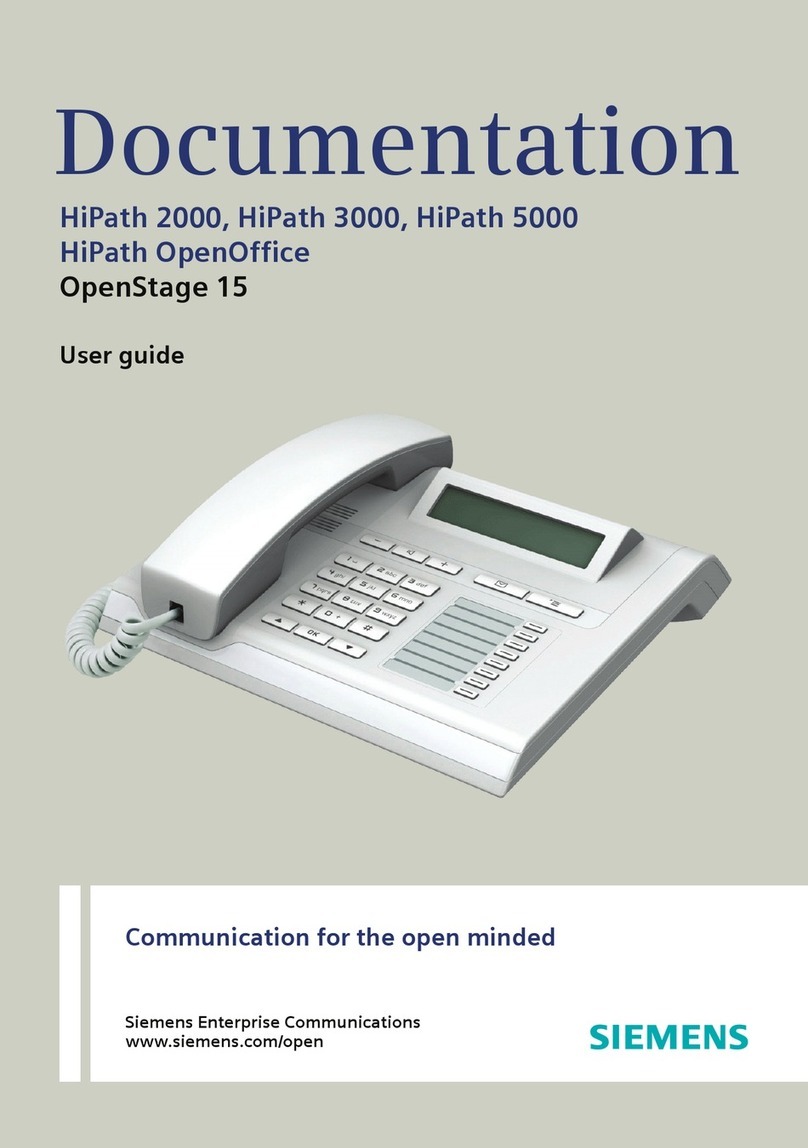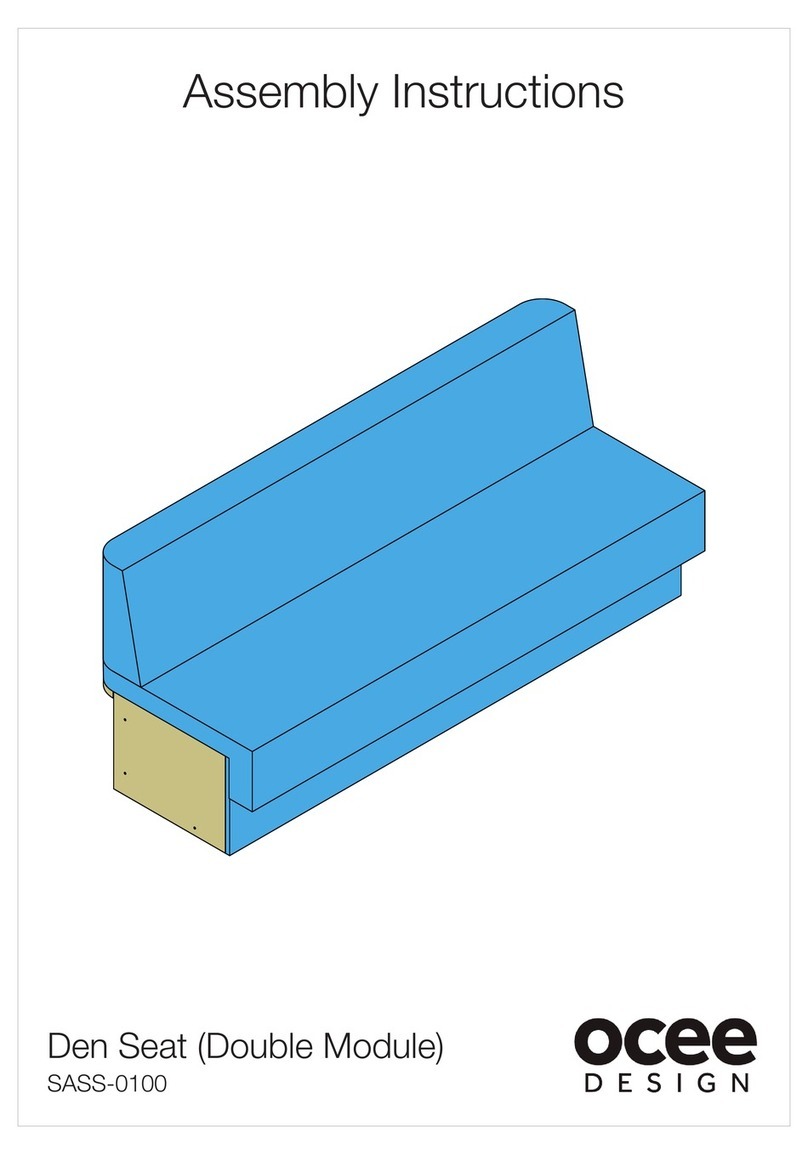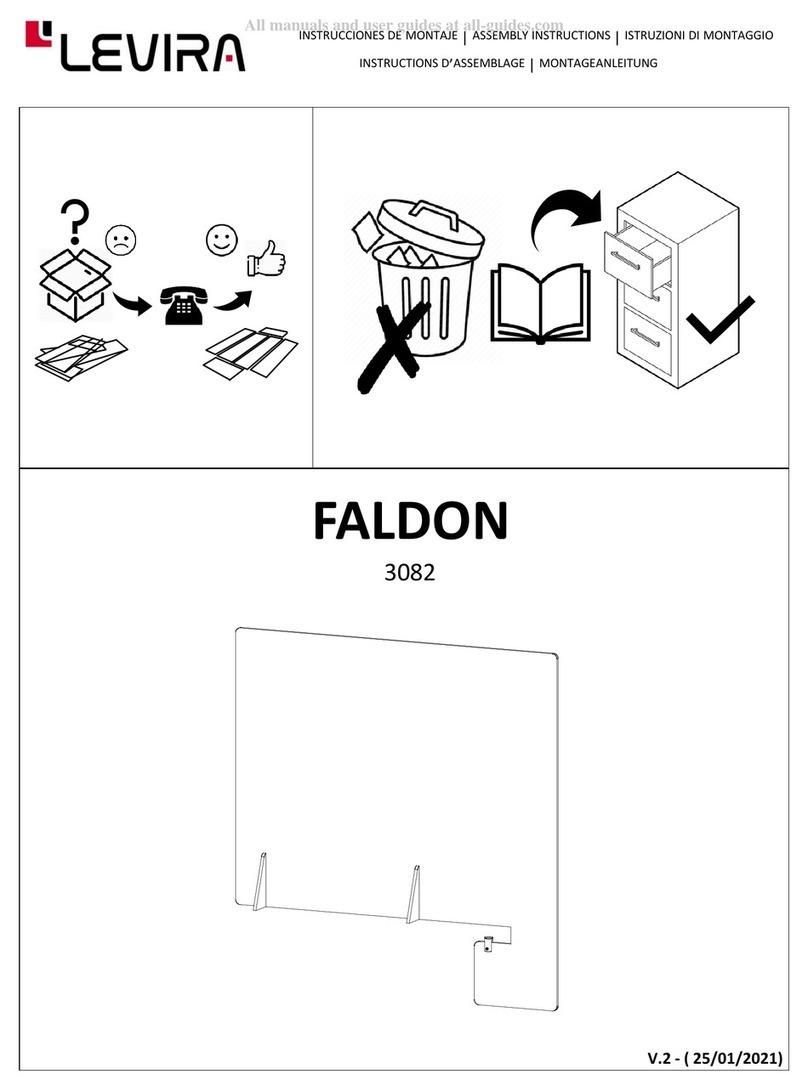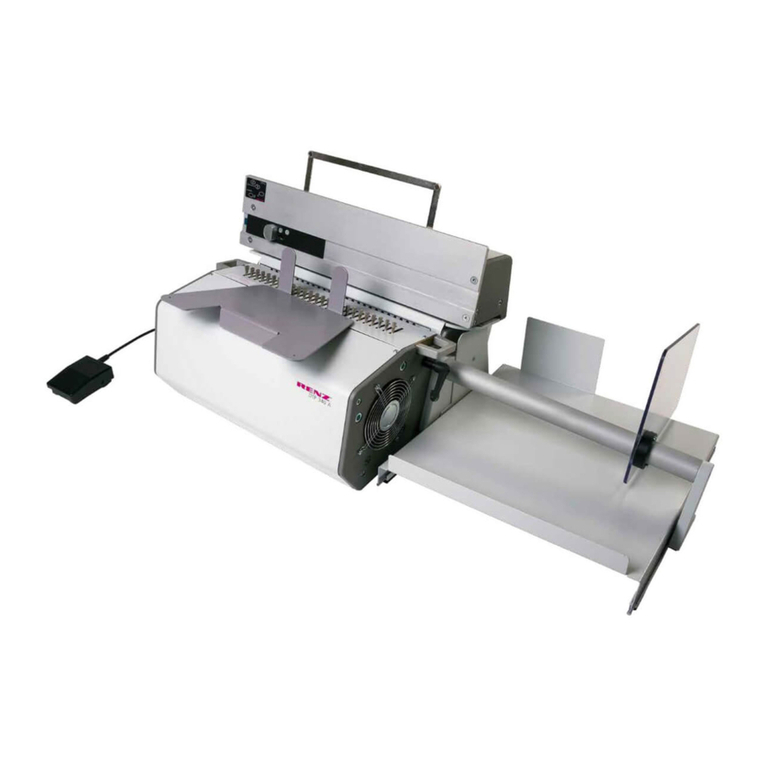Step 6. Mounting
Attach the slide cabinet members to the underside of
the surface, using #8 x 5/8" screws provided in the
hardware kit. For now, only put screws in the front side
to side slotted holes.
Step 7. Installation
With the slides mounted, first pull the ball bearings to
the front end. Then insert the keyboard tray subassem-
bly into the slides and push tray completely to closed
position as shown in figure 4. (It is normal to encounter
some resistant force when inserting the tray and clos-
ing it for the first time as the ball bearings must skid
into place the last 25% of the travel.)
Step 8. Adjustment
Open and close the keyboard slowly. Check that noth-
ing is binding and that the tray latches in the open posi-
tion. (The latch is to hold the tray stationary during typ-
ing. To close the tray, just push.) Carefully loosen
screws in surface and adjust slides as needed. Tighten
screws securely and add additional screws through the
center front to rear slotted holes to lock the tray in its
final position.
Step 9. Operation
The keyboard tray is now ready for use. Place your
keyboard on the tray and adjust the palm rest to your
desired position, as shown in figure 5 & 6. Reach under
the keyboard tray and grip the mouse tray, as shown in
figure 6, and pull it open. (either left or right) The
mouse tray has a textured paint to provide traction for
your mouse. However, you can use a regular mouse
pad on top of the mouse tray is desired. To shut the
mouse tray just push it closed. If you use a mouse pad,
you should not need to remove it before closing.
Step 10. Mouse Tray Adjustment for Wheelchair.
The mouse tray can be adjusted upward approximately
5⁄16" to make more clearance underneath for wheelchair
access.
A. Remove all screws from the underside of the tray, as
shown in figure 6 and remove the shroud.
B. Move all the plastic blocks to align with upper set of
holes.
C. Replace shroud and install screws in the upper set
of holes.
Note that by adjusting the mouse tray upwards, it elimi-
nates the ability to store a mouse pad internally.
Figure 5
Figure 6
Move palm rest to notch
that provides the most
comfortable position.
Gently squeeze palm
rest and adjust height
as desired.
Figure 7

